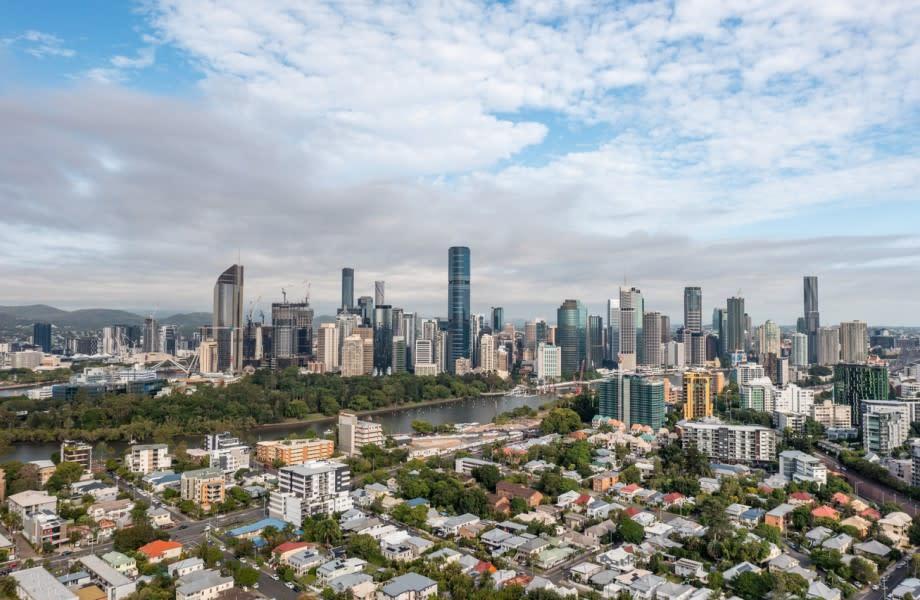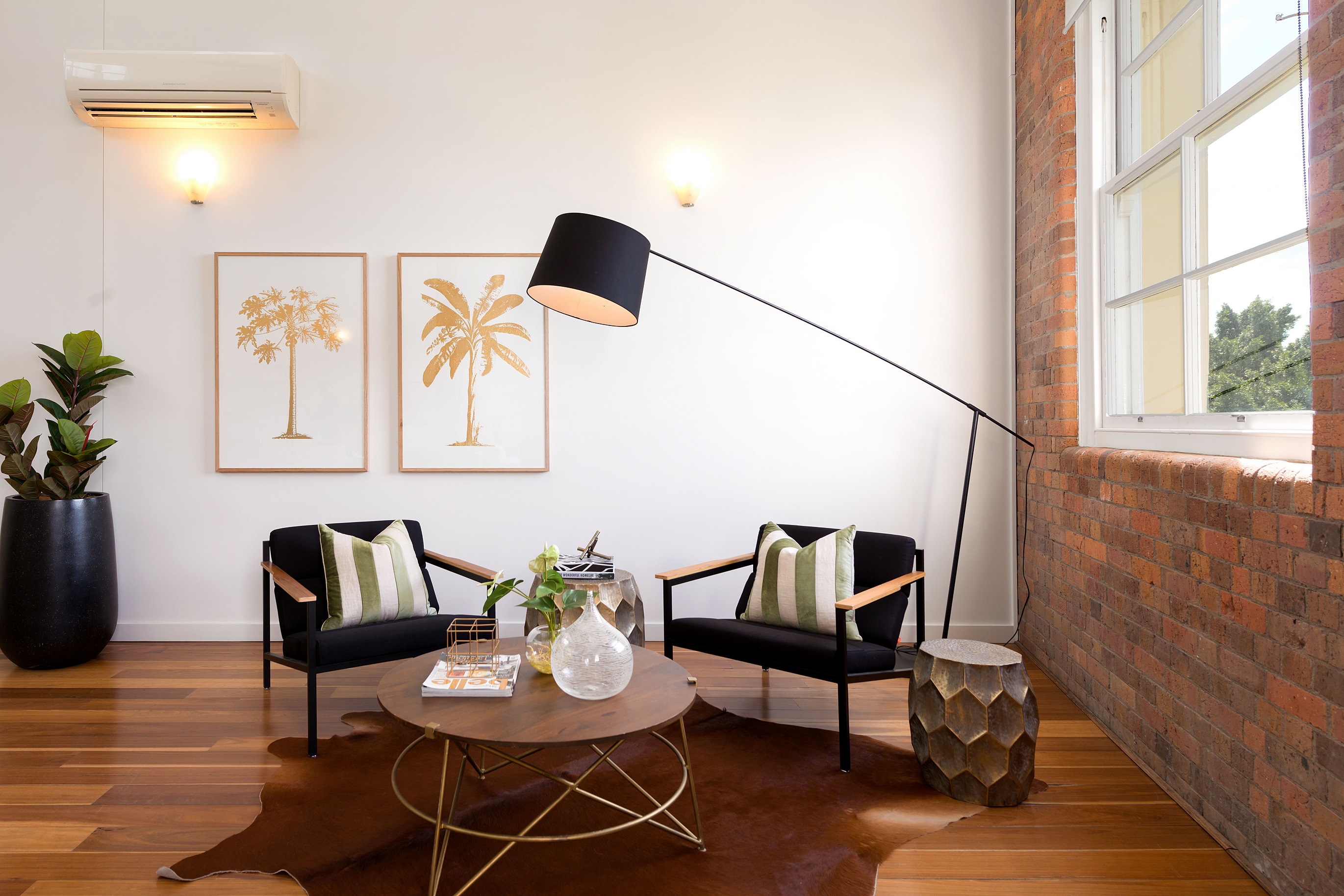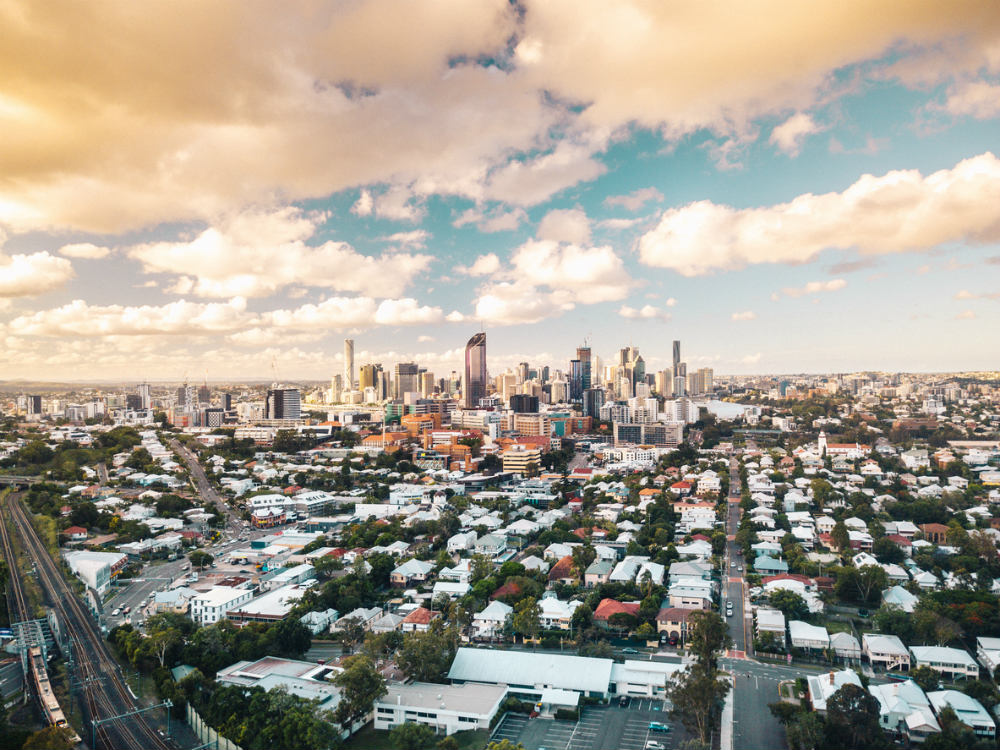
Rent control in Queensland could have a very different impact on the market than intended, according to the Real Estate Institute of Queensland.
The institute’s chief executive Antonia Mercorella said such a policy could in fact make the situation worse.
“We are acutely aware of the devastating impacts of the rental crisis and against that backdrop, it’s understandable that some tenants’ advocates are proposing rent control as a solution but rent control is not the panacea that many argue it to be,” Mercorella said.
“Rent control is a short-sighted solution to a complex problem and could in fact significantly deter property investment and reduce rental supply at a time when we’re already in a rental crisis.”
Concerns around housing affordability, availability and the cost of living have prompted calls for a rent-control policy in Queensland.
Calls for rent increases to be tied to inflation plus 10 per cent and limited to once a year were made last week by advocacy groups Tenants Queensland and the Queensland Council of Social Services.
It means asking the state government to intervene in the private rental market.
Median rents have risen 80 per cent at Gladstone, 51 per cent at Noosa and 33 per cent on the Gold Coast since 2018 with Brisbane’s house and unit rents increasing by 33 per cent and 23 per cent respectively prior to the pandemic.
The data is tracked quarterly by the Residential Tenancies Authority in Queensland.
“Unless we limit rent increases, hardworking Queensland renters will continue to be put at risk of homelessness and subjected to opportunistic rent increases in a hot market,” Tenants Queensland chief executive Penny Carr said, estimating that 30 per cent of renters would be protected by a rent control policy.
Mercorella is concerned rent control will mean property investors will not have the ability to pay their own bills with their rental income limited, potentially scaring investors off the market and limiting the already diminished rental supply further.
“It’s unsustainable to assume property investors will keep meeting free-market-driven cost increases such as mortgage repayments, rates, repairs and maintenance, and insurance, while artificially capped rents create a hard limit on their return to cover such expenses,” Mercorella said.
“Given regular mum and dad property investors provide the vast majority of housing for our state’s rental community, with the government’s social housing supply program accounting for under 4 per cent, it needs to be recognised that the contribution of property investors to housing Queenslanders is vital.
“If even a small percentage of investors were to sell their properties or withdraw them from the permanent rental market, this would have a material impact on the Queensland rental sector.”
Mercorella said the state government needed to intervene to address the housing supply issue.
“This is not a problem that has emerged overnight and while Covid has had a role to play, the number of dwellings being built in Queensland has diminished considerably over the last five years and our future pipeline is also likely to fall short of demand,” she said.
“Until we are able to achieve a greater balance between the demand for rental housing and supply, and introduce greater diversity of housing, we won’t be able to fix this critical problem we are facing.
“What’s needed is a concerted effort from all levels of government to create the right environment to sustain existing established rental stock and to build new housing each year that matches targets based on detailed population forecasts.”
The rental housing crisis has hit people hard with an Australian Housing and Urban Research Institute report finding that renters are 125 per cent more likely to enter housing stress than homeowners.
It also found that renters are less likely to recover from it within the first year with a probability of doing so at only 39.4 per cent.
“Renting is much more insecure than homeownership,” UNSW’s City Futures Research Centre deputy director, Hazel Easthorpe, said.
“It’s a particularly insecure tenure in Australia, more so than in many other countries, because of our limited protections for renters, including allowing no-grounds terminations and unlimited rent increases.”
Housing stress occurs when a person in the bottom 40 per cent of income distribution is spending more than 30 per cent of their before-tax income on housing, something that is more likely to occur as the cost of living increases.
*This post was originally published on https://www.theurbandeveloper.com/articles/REIQ-rent-control-rental-crisis-queensland




